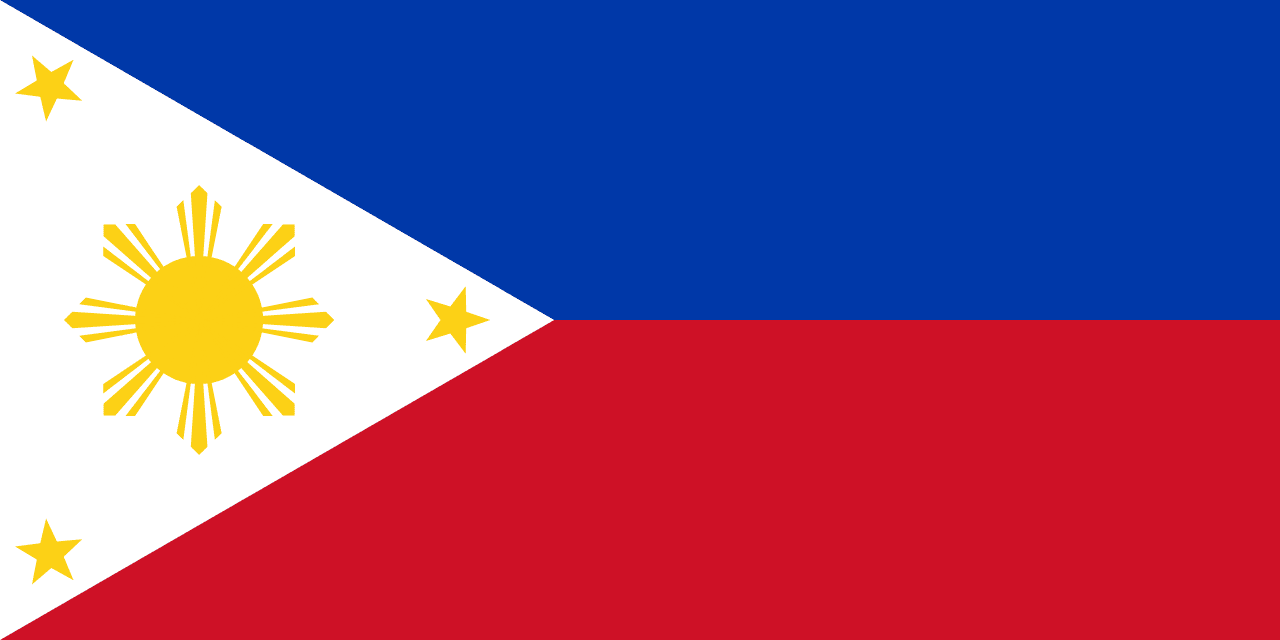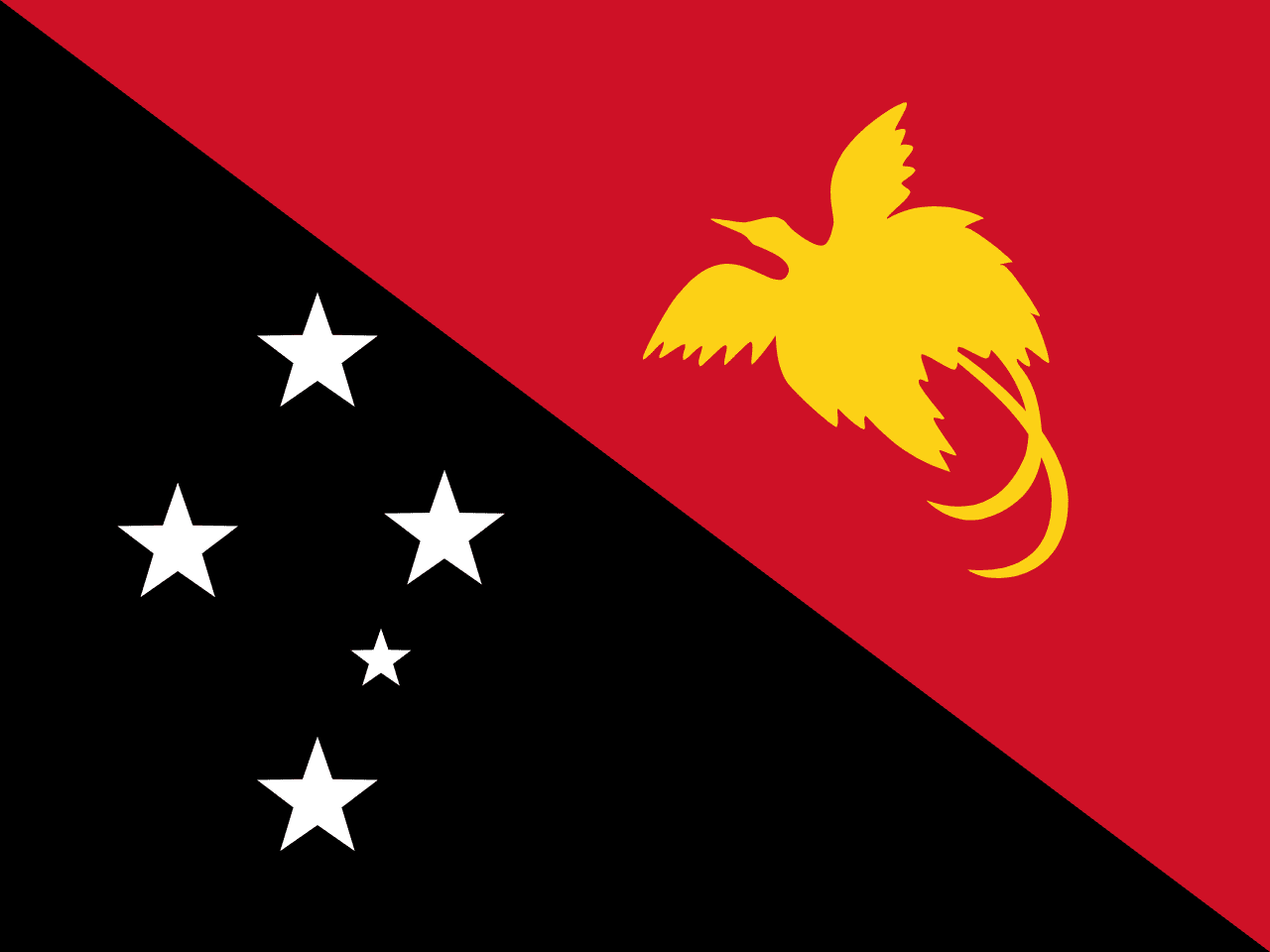The flag of Peru consists of three vertical stripes: red, white, and red. On the state flag and war flag, the national coat of arms is centered in the white stripe, adding depth to its symbolism and distinguishing it from similar flags. This design encapsulates Peru's rich history, cultural heritage, and national aspirations.
Peru information
| National Flag Day | June 7th |
| Sovereign state | Yes |
| Official name | Republic of Peru |
| Capital | Lima |
| Population | 32,971,854 |
| Area | 1,285,216 km² |
| Currency | Peruvian sol (PEN) |
| Language | Spanish, Quechua, Aymara |
| Continent | South America |
| Region | South America |
| Subregion | — |
| Borders | Brazil, Colombia, Ecuador, Chile, Bolivia |
| Timezone | Peru Time (PET) UTC-5 |
| Calling code | +51 |
| Top-level domain | .pe |
History of the Peruvian Flag
 The current design of the Peruvian flag was officially adopted on February 25, 1825, shortly after Peru gained independence from Spain. However, its origins can be traced back to 1820, when General José de San Martín, a key figure in South American independence movements, created the first flag of independent Peru. The design has undergone several minor modifications over the years, but the core elements of red and white stripes have remained constant, symbolizing the continuity of Peruvian identity and values.
The current design of the Peruvian flag was officially adopted on February 25, 1825, shortly after Peru gained independence from Spain. However, its origins can be traced back to 1820, when General José de San Martín, a key figure in South American independence movements, created the first flag of independent Peru. The design has undergone several minor modifications over the years, but the core elements of red and white stripes have remained constant, symbolizing the continuity of Peruvian identity and values.
Symbolism and design of the Peruvian flag
The Peruvian flag's design is rich in symbolism, reflecting the nation's history, natural wealth, and cultural heritage. The red stripes represent the blood shed by patriots during the struggle for independence, symbolizing courage, bravery, and sacrifice. The white stripe in the center signifies peace, purity, and justice, embodying the nation's aspirations for a harmonious and equitable society. On the state flag and war flag, the national coat of arms is centered in the white stripe, adding layers of meaning to the design. The coat of arms features a vicuña (a relative of the llama), symbolizing Peru's fauna and freedom; a cinchona tree, representing Peru's flora and the nation's natural resources (it's the source of quinine); and a cornucopia spilling coins, signifying Peru's mineral wealth and prosperity.
Usage and significance of the Peruvian flag
 The flag of Peru is a powerful symbol of national identity and pride. It is prominently displayed on government buildings, schools, and public spaces. During national holidays, particularly Independence Day celebrations on July 28th and 29th, the flag is widely displayed by citizens, fostering a sense of unity and patriotism. In international contexts, such as diplomatic missions and global sporting events, the Peruvian flag serves as an immediate identifier of the country, representing its people, culture, and values on the world stage. The flag's simple yet meaningful design has made it an enduring symbol of Peruvian nationhood for nearly two centuries.
The flag of Peru is a powerful symbol of national identity and pride. It is prominently displayed on government buildings, schools, and public spaces. During national holidays, particularly Independence Day celebrations on July 28th and 29th, the flag is widely displayed by citizens, fostering a sense of unity and patriotism. In international contexts, such as diplomatic missions and global sporting events, the Peruvian flag serves as an immediate identifier of the country, representing its people, culture, and values on the world stage. The flag's simple yet meaningful design has made it an enduring symbol of Peruvian nationhood for nearly two centuries.
Interesting facts about the Peruvian flag
- The Peruvian flag shares similar colors with the flags of Canada and Austria, but its vertical orientation and unique coat of arms distinguish it.
- The flag's design was influenced by the vision of José de San Martín, who wanted a symbol that would unite Peruvians in their struggle for independence.
- In Peruvian schools, students participate in flag-raising ceremonies, fostering a sense of national pride from an early age.
- The coat of arms on the state flag includes a wreath of palm and laurel branches, symbolizing glory and success.
- Peru celebrates Flag Day on June 7th, commemorating the heroic actions of Alfonso Ugarte, who jumped from a cliff with the flag during the War of the Pacific to prevent its capture.





